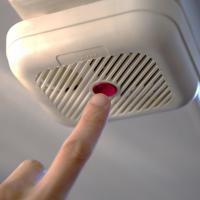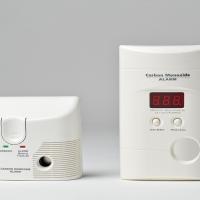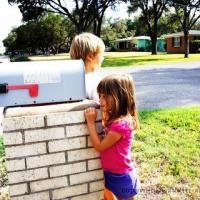- Community
- Services
-
Your Government
-
Column 1
- Agendas and Minutes
- Mayor & City Council
- Boards & Commissions
- City Charter
- City Projects
- City Calendar
Column 2
Column 3
-
Fire Prevention
Watch your White Bear Lake Fire Department on Facebook - Fire Prevention Video
There are many things a household can do to practice good fire prevention. Below are links to various topics related to emergency situations.
Paying attention to these safety guidelines could save you or the lives of your family members and pets.






